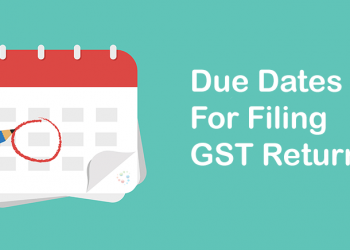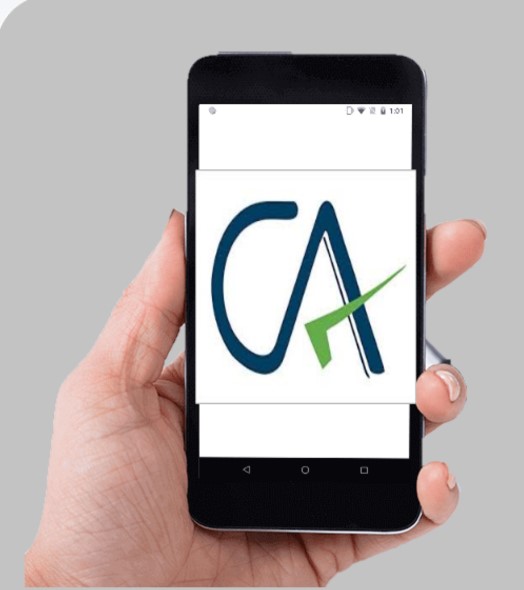Two primary issues faced by the companies holding inventories, in relation to financial statements preparation are:
- Cost to be recognized in the year of sale, and
- Amount to be recognized as asset and carried forward in the books.
This particular Ind AS – 2 “Inventories” deals with above 2. Additionally, this standard also deals with any write down in inventories to Net Realisable Value and cost formulas used to assign cost to the inventories.
Now talking about the scope of this standard, so it applies on all types of inventories except:
- Financial instruments – this is because this is covered under Ind AS 32 – Financial instruments and Ind AS 109, hence to maintain standard valuation and reporting of financial instruments are not covered under Ind AS 2.
- Biological assets – this is because it is covered under Ind AS 41
Also, this standard does not apply to measurement of inventories held by:
- Producers of agricultural and forest products, agricultural produce after harvest, and minerals and mineral products – these are measured at Net Realisable Value in accordance with well established practices in those industries. Any changes in NRV are recognized in Profit or loss in the period of change
It is also to be noted that the above-mentioned inventories are NRV at certain stages of production. This is only exempted from measurement requirements of this standard. All other requirements apply to these inventories.
- Inventories of commodity brokers: Such inventories ae measured at fair value less costs to sell. Any changes in fair values are recognized as profit or loss in the period of change. This is only exempted from measurement requirements of this standard. All other requirements apply to these inventories.
Important definitions for the standard:
- Inventories- these are assets:
- Held for sale in ordinary course of business – Finished goods or trading goods
- In the production for such sale – WIP
- In the form of materials or supplies to be consumed in the production process or in the rendering of services – Raw material
- Net Realisable value – It is estimated selling price in the ordinary course of business less the estimated cost of completion and estimated cost necessary to make sale – This is entity specific value.
- Fair value- It is the price that would be received to sell an asset or paid to transfer a liability in an orderly transaction between market participants at the measurement date. (It is explained in detailed in Ind AS 113). It is possible that Fair value and Net realizable value are not equal.
- Normal capacity: Production expected to be achieved on average over number of periods or seasons under normal circumstances including loss of production due to planned maintenance.
Inventories to be valued at lower of Cost and NRV
Cost includes all
- Cost of purchase: This includes purchase price, import duties and other taxes (Which are not recoverable by the entity), transport and handling cost. Trade discounts and rebates to be reduced from the cost.
- Cost of conversion: Directly related to units of production. E.g., direct labour, systematic allocation of fixed and variable production overheads. Fixed production overheads – Indirect cost of production like depreciation of factory building and equipment, cost of factory management and administration. Allocation of fixed production overhead is based on normal capacity of production facilities. The amount of fixed overheads allocated to each unit are not increased in low production period, however, in high production period amount allocated to each unit is decreased so that inventories is not measured above cost.
- other cost incurred in bringing inventories to their present location and condition: this may include designing cost for specific customers
Elements excluded from costs:
- abnormal amount of wasted materials, labor or other production costs
- Storage costs unless necessary in production process
- Administrative overheads that do not contribute to bring inventories to present location and condition
- Selling costs
Ind AS 23 – Borrowing costs, identifies limited circumstances where borrowing costs are included in the cost of inventories.
In case of inventories purchased on deferred settlement terms, the difference between purchase price for normal credit terms and amount paid is recognized as interest expense over the period of financing.
Two techniques for measurements of cost:
- Standard Costs: It takes into account normal level of materials and supplies, labour, efficiency and capacity utilization, which is regularly reviewed.
- Retail method: It is often used in retail industry for measuring rapidly changing items with similar margin. The cost is determined by reducing approximate percentage of gross margin from sales value of inventory.
The cost of inventories not ordinarily interchangeable and goods and services produced and segregated for specific projects shall be assigned by using specific identification of their individual costs.
For inventories ordinarily interchangeable cost can be assigned using FIFO or weighted average.
Inventories can be recorded on their Net realizable value when such NRV is below the cost of inventory. This is done to ensure that asset is not recorded at a higher value than it is expected to realize. Inventory can be written down item by item or by a group when the items of inventory are related to same product line, have similar purpose or end uses.
Estimates of NRV are based on most reliable evidence available at time the estimates are made. These estimates take in consideration fluctuations of price directly relating to events occurring after end of period to the extent that such events confirm conditions existing at the end of period.
Materials and other supplies held for use in production of inventories are not written down below cost if the finished product in which they will be incorporated are expected to be sold above cost.
A new assessment of NRV is made in each subsequent period. In case the circumstance that previously caused write down in inventory no longer exist, such write down of inventory is reversed.
When the inventories are actually sold, the carrying amount of such inventory will be recognized as expense in the period in which the revenue is recognized.
The write down in value of inventory will be recognized as an expense in the period in which such write-down/loss occurs.
Any reversal of write down of inventories shall be recognizes as reduction in the amount of inventories recognized as expense in the period in which reversal occurs.
Disclosure requirements:
- The accounting policies adopted in measuring inventories, including the cost formula used
- The total carrying amount of inventories and the carrying amount in classifications appropriate to the entity
- The carrying amount of inventories carried at fair value less costs to sell
- The amount of inventories recognized as an expense during the period
- The amount of any write-down of inventories recognized as an expense in the period
- The amount of any reversal of any write-down that is recognized as a reduction in the amount of inventories recognized as expense in the period
- The circumstance or events that led to the reversal of a write-down of inventories
- The carrying amount of inventories pledged as security for liabilities
This Ind AS links with other Standards such as, Ind AS – 113, 41, 23 which shall be discussed in further blogs.
Link for the Ind AS hosted by MCA – https://www.mca.gov.in/Ministry/pdf/IndAS2_2019.pdf
Author
CA Sourabh Kothari (C.A., B.Com)
He is currently working as Partner – Risk and Transaction advisory with a renowned firm in Jaipur having experience in Internal Audit, IFC Audit, Business consultancy, Due Diligence and Management consultancy.
E-mail: Sourabh.kothari@jainshrimal.in | LinkedIn: Sourabh Kothari












